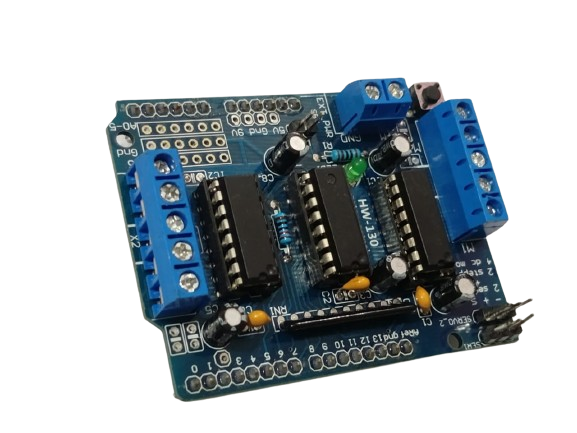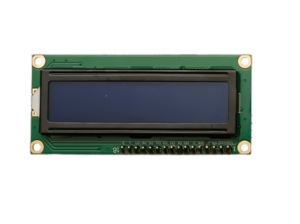OLED Display
₨550.00
OLED (Organic Light Emitting Diode) displays represent state-of-the-art technology that is increasingly utilized across a variety of applications, particularly in Internet of Things (IoT) projects. What sets these displays apart is their self-emissive characteristic, wherein each pixel generates its own light. This results in significantly improved contrast ratios, more luminous images, and richer colors when compared to conventional LCDs. Due to their numerous advantages, OLED displays are becoming a favored option for developers and designers working in the IoT space.
Description
Introduction to OLED Display(0.96 Inch)
OLED (Organic Light Emitting Diode) displays represent state-of-the-art technology that is increasingly utilized across a variety of applications, particularly in Internet of Things (IoT) projects. What sets these displays apart is their self-emissive characteristic, wherein each pixel generates its own light. This results in significantly improved contrast ratios, more luminous images, and richer colors when compared to conventional LCDs. Due to their numerous advantages, OLED display are becoming a favored option for developers and designers working in the IoT space.
Benefits of OLED Display in IoT Projects
One of the most significant advantages of using OLED displays in IoT applications is their outstanding image quality. Individual control over each pixel enables OLED displays to produce true blacks and a broad color spectrum, which is vital for IoT devices that require clear and precise visual data. Additionally, OLED displays boast low power consumption, especially when presenting darker visuals. This energy efficiency is especially advantageous for battery-operated IoT devices, as it enhances their operational longevity.
Another notable benefit is the versatility of OLED display. Unlike their traditional counterparts, OLEDs can be created on flexible substrates, allowing them to be bent or curved.
Integration and Compatibility
Integrating OLED display into IoT projects is generally a seamless process, owing to their compatibility with a variety of microcontrollers and development boards. Many OLED displays come equipped with interfaces like I2C and SPI, which are standard in IoT devices. Moreover, an abundance of libraries and resources are available to assist developers in incorporating OLED displays into their projects. This straightforward integration minimizes development time and facilitates rapid prototyping and deployment of IoT solutions.
Applications of OLED Display in IoT
Many IoT applications use OLED displays. In smart home systems, they can provide real-time data visualization for metrics such as temperature, humidity, and security notifications. In the industrial IoT sector, OLED displays can convey essential information regarding machinery status and process monitoring. Additionally, in the healthcare domain, IoT devices equipped with OLED displays can track patient vitals and convey critical information to medical professionals. The adaptability and superior performance of OLED display position them as an excellent choice for enhancing the functionality and user experience of IoT devices.
Visit our website Ampflick for more products.
You can also visit our Instagram and Facebook for latest update.
Only logged in customers who have purchased this product may leave a review.







Reviews
There are no reviews yet.